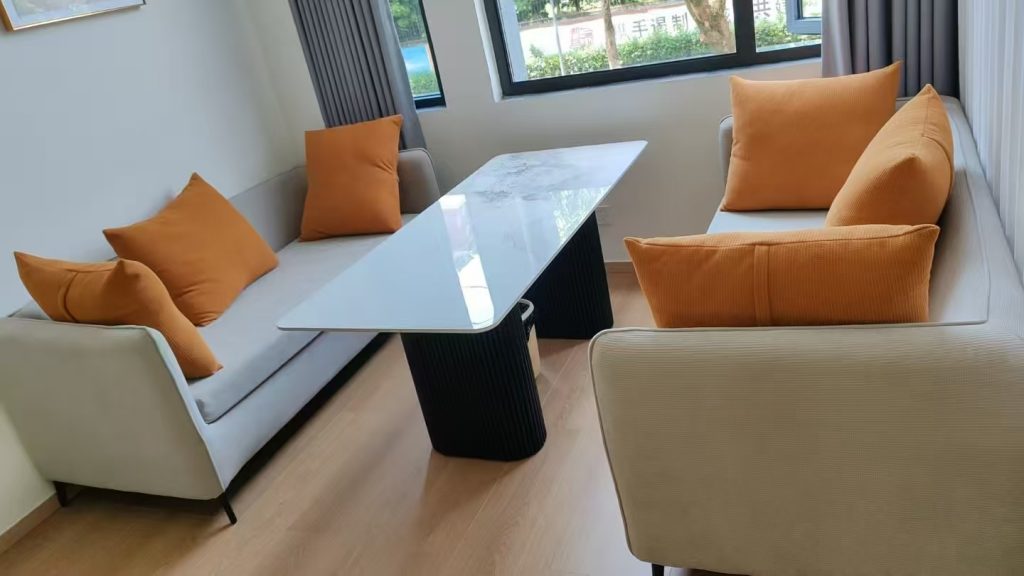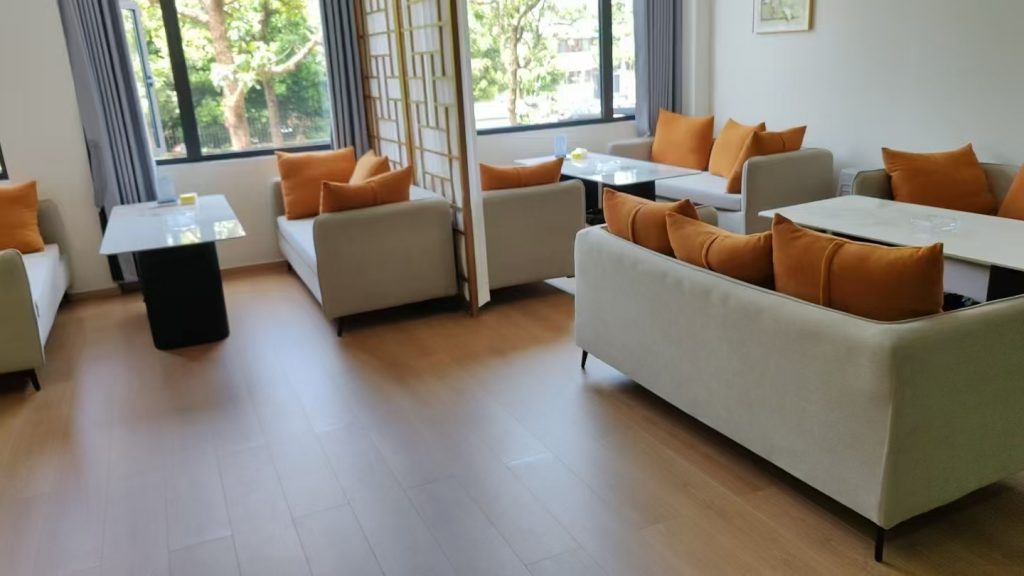


In an era where health-conscious consumers prioritize cleanliness and safety, anti-bacterial furniture has become a critical need across residential, commercial, and healthcare spaces. For furniture suppliers specializing in anti-bacterial solutions, this demand represents a strategic opportunity to innovate while addressing pressing consumer concerns. This article explores key considerations, material advancements, and market strategies for suppliers aiming to lead in this growing niche.
—
1. The Rising Demand for Anti-Bacterial Furniture
The global shift toward hygiene-focused living, accelerated by post-pandemic realities, has transformed anti-bacterial furniture from a niche product into a mainstream requirement. Key drivers include:
– Health-Centric Markets: Hospitals, schools, and offices seek furniture that resists bacteria, viruses, and allergens.
– Consumer Awareness: Households prioritize furniture that minimizes germ transmission, especially in kitchens and bathrooms.
– Regulatory Pressure: Compliance with strict sanitization standards in public spaces (e.g., HIPAA in healthcare).
For suppliers, this trend offers opportunities to differentiate through innovation, safety certifications, and targeted marketing.
—
2. Core Material Innovations for Anti-Bacterial Furniture
Effective anti-bacterial furniture relies on advanced materials engineered to inhibit microbial growth. Suppliers should prioritize:
a. Antimicrobial Coatings
– Silver Ion Technology: Embedded in fabrics or wood finishes, silver ions disrupt bacterial cell membranes.
– Copper-Infused Surfaces: Naturally antimicrobial and durable, ideal for high-touch areas like desks or table edges.
– Nano-Silver Treatments: Provide long-lasting protection without altering aesthetics.
b. Inherently Resistant Materials
– Solid Hardwoods with Natural Oils: Teak or cedar contain natural compounds that deter mold and bacteria.
– Engineered Stone or Quartz: Non-porous surfaces resist stains and microbial buildup.
– Antimicrobial Fabrics: Polyester blends treated with quaternary ammonium compounds (quats) or PHBV biopolymers.
c. Smart Surfaces
– Photocatalytic Coatings: Activate under UV light to break down organic contaminants (ideal for healthcare settings).
– Hydrophobic Treatments: Repel liquids and prevent biofilm formation on upholstery.
—
3. Manufacturing Best Practices for Hygiene-Centric Furniture
Producing anti-bacterial furniture requires precision and adherence to strict standards:
a. Material Selection and Testing
– Source materials certified by organizations like ISO 22196 (antimicrobial efficacy testing).
– Conduct third-party lab tests to validate bacterial reduction rates (e.g., ≥99% against *E. coli* and *Staphylococcus aureus*).
b. Surface Engineering
– Use laser-cutting or CNC machining to minimize seams where bacteria can accumulate.
– Apply seamless laminates or powder coating to eliminate crevices.
c. Durability Enhancements
– Opt for scratch-resistant finishes to maintain hygiene properties over time.
– Use water-based, low-VOC adhesives to avoid degrading antimicrobial coatings.
—
4. Sustainability Meets Antimicrobial Performance
Eco-conscious buyers demand anti-bacterial furniture that aligns with sustainability goals. Suppliers should:
– Avoid Harmful Chemicals: Replace toxic biocides with natural antimicrobial agents (e.g., tea tree oil-infused fabrics).
– Prioritize Recyclability: Design modular furniture with replaceable, antimicrobial components.
– Use Renewable Energy: Highlight low-carbon manufacturing processes in marketing.
—
5. Certifications and Consumer Trust
Build credibility through certifications that validate antimicrobial claims:
– GREENGUARD Gold: Ensures low chemical emissions and hygiene compliance.
– CertiPUR-US: Certifies safe, non-toxic foam and fabrics.
– UL ECOLOGO: Recognizes sustainable, antimicrobial materials.
Display certifications prominently on product pages and packaging to reassure buyers.
—
6. Market Segmentation and Application Strategies
Tailor offerings to high-demand sectors:
– Healthcare: Antibacterial hospital beds, exam tables, and waiting room chairs.
– Hospitality: Washable, mold-resistant hotel furniture with anti-odor properties.
– Residential: Antibacterial kitchen countertops, bathroom vanities, and nursery furniture.
—
7. Overcoming Challenges
Anti-bacterial furniture faces hurdles like higher production costs and consumer skepticism. Solutions include:
– Cost-Efficient Coatings: Partner with suppliers for bulk antimicrobial spray treatments.
– Educational Content: Use blogs, videos, and infographics to explain the science behind antimicrobial properties.
– Warranty Programs: Offer extended warranties to highlight durability and long-term value.
—
8. The Future of Anti-Bacterial Furniture
Emerging trends to watch:
– Self-Sanitizing Materials: Graphene-enhanced surfaces that neutralize pathogens autonomously.
– IoT Integration: Sensors that monitor surface cleanliness and alert users via app notifications.
– Biodegradable Antimicrobials: Plant-based coatings that decompose without harming ecosystems.
—
Conclusion
For furniture suppliers, anti-bacterial technology is no longer optional—it’s a necessity in a health-driven market. By investing in innovative materials, rigorous testing, and transparent marketing, suppliers can position themselves as leaders in the hygiene-focused furniture industry. Embrace sustainability, prioritize certifications, and craft narratives that blend safety with style to win consumer trust.
Upgrade Your Furniture Line Today
Ready to revolutionize your product range? Start by sourcing certified antimicrobial materials, training teams on hygiene-centric design, and leveraging certifications to stand out. The future of furniture is hygienic—build it now.
Article link:https://www.vlefooena.com/manufacturer/4366/

No reply content